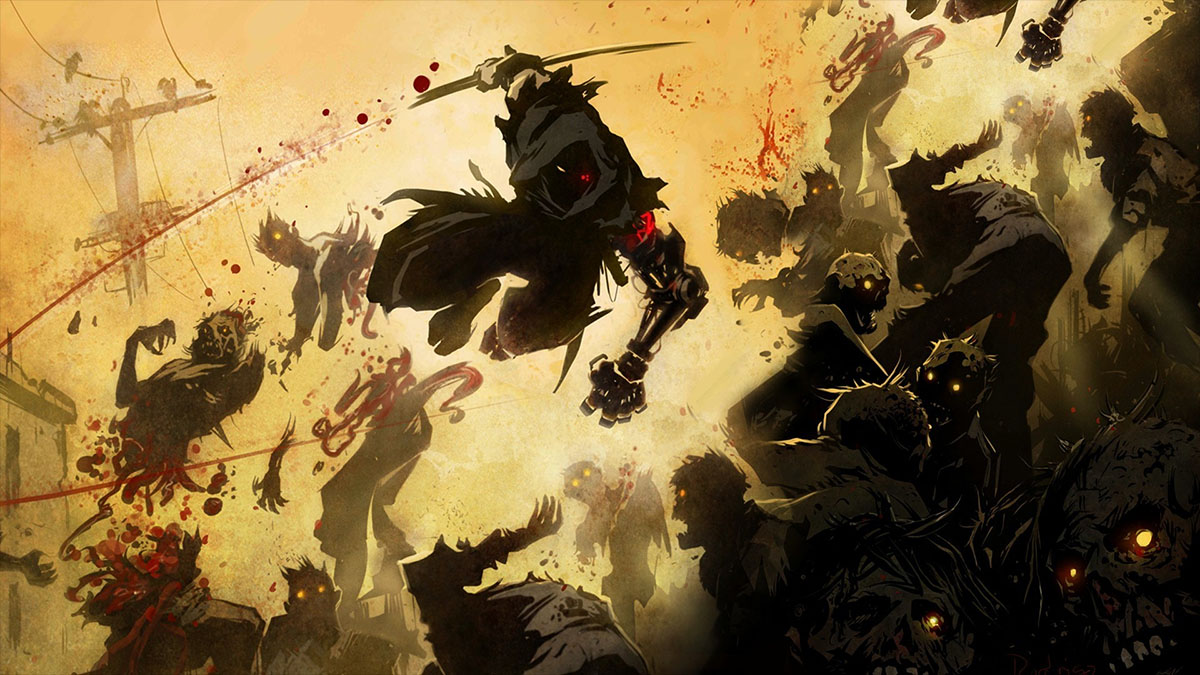movies are getting more violent but crime rates continue to fall

For decades, the morality police has been telling anyone who would listen — and screamed at anyone who didn’t want to — that movies are becoming more violent and inspire a whole new generation of psychopaths to go on killing sprees glamorized in action flicks. According to a recent study, they got one part right. Movies are definitely getting more violent. But all that hyperventilation about the inevitable slaughter tsunami that would make every night in a major urban area look like The Purge? Yeah, that’s still a product of people’s imaginations and the stuff of reality-free speeches by small town politicians and those trying to court rural votes. If anything, crime rates went into a freefall in the 1990s and are still sliding downwards.
So why does the myth that violent movies mean more violence persist? Probably because it’s been drilled into people’s heads for decades, even if the most cursory study into the subject shows that’s not true at all. In the aforementioned study, researchers Christopher Ferguson and Patrick Markey examined PG-13 films, the most likely type of movie in which teenegers would see glamorized violence, and the kind of rating studios want to keep to attract as many eyeballs as possible. But there are, of course, some questions about this choice because there is research indicating that the ratings are pretty much arbitrary, along with numerous anecdotes hinting that the MPAA doesn’t have an ironclad classification guideline.
why study pg-13 movies for violence?
If you’re curious about who decides what ratings to slap on a movie and are now busy imagining a panel of experts with multiple degrees each scrutinizing every frame of submitted films, stop right there. In reality, eight anonymous parents watch the submission and render a written judgment, and if the movie features actual, consequential violence of any sort, it usually gets a PG-13 rating while it takes squirting blood and graphic nudity to bump it up to a full R. Though even there, numerous critics point out inconsistencies, especially when it comes to the MPAA’s harsh judgments on nudity versus their leniency when it comes to violence.
There are also some studies which indicate that what we call PG-13 today is even more violent than movies previously rated R based on counting violent incidents in movies with these ratings over the years, which may be due to what the studies’ authors called “ratings creep,” or mass desensitization to amping up fictional violence. And, while as noted, Ferguson and Markey did confirm that PG-13 movies have gotten more intense based on counting acts of violence per film, that really shouldn’t be a surprise. Decades of directors and writers pushing the envelope resulted in more violent and riskier movies, often in subtle ways that don’t exactly scream out at the audience, and the focus groups rating them now have been similarly influenced.
So, if you consider all of the above, PG-13 does seem like a good rating to study. It involves violence, sure, but nothing over the top or deliberately shocking, and it’s probably the kind of movie most parents would let their teenage kids see, the exact audience we’re told would be inspired to carry out violent acts. Studying PG movies means you’re generally looking at child-friendly flicks with mostly slapstick, inconsequential violence only the absolute strictest parents would be concerned about, and reviewing R films means focusing on a deliberate and pointed extremes meant to be seen by adults who aren’t supposed to be as susceptible to violent ideation in the media. In short, Ferguson and Markey picked wisely.
so is there any link between violent movies in crime?
Looking at the results of the study, there is absolutely no link between increasing violence in films and violent criminal activity. In fact, without correcting for a number of variables like the socioeconomic status, mental health, and geographic locations of criminals, the researchers found an inverse correlation. Of course, knowing that crime isn’t that simple and adding in the necessary factors, they state that the best takeaway from their study is that it doesn’t matter in the slightest how graphic movies are when it comes to predicting real world violence. That’s determined by a wide variety of other circumstances and emotional states which could easily be completely out of our control.
But this still leaves us with the mystery of why crime rates are dropping as everything we think could explain those declines actually doesn’t, while the things we expect to predict why crime would be on the uptick correlate inversely with the relevant statistics. The leading theory is that we may have effectively domesticated ourselves, but no one is really sure. True, it’s a great paradox, but we can’t just leave it alone because if we accidentally uncovered the recipe for reducing crime, we definitely want to know what it is for the future. One thing we do know for sure, however, is that more violence in our movies isn’t dangerous to society.
While it’s plausible that people suffering from dangerous mental health issues and unable to separate fiction from reality could be inspired by violence in the media, we’ve seen no hard evidence of this phenomenon on any appreciable scale. As for the public at large, we seem to separate movies from the real world just fine and tend to prefer to keep our violent fantasies to our imaginations, movies, and games. The study by Ferguson and Markey is just the latest piece of research showing exactly that.
See: Ferguson, C.J., Markey P., PG-13 Rated Movie Violence and Societal Violence: is there a Link? Psychiatric Quarterly, 2019, DOI: 10.1007/s11126-018-9615-2





